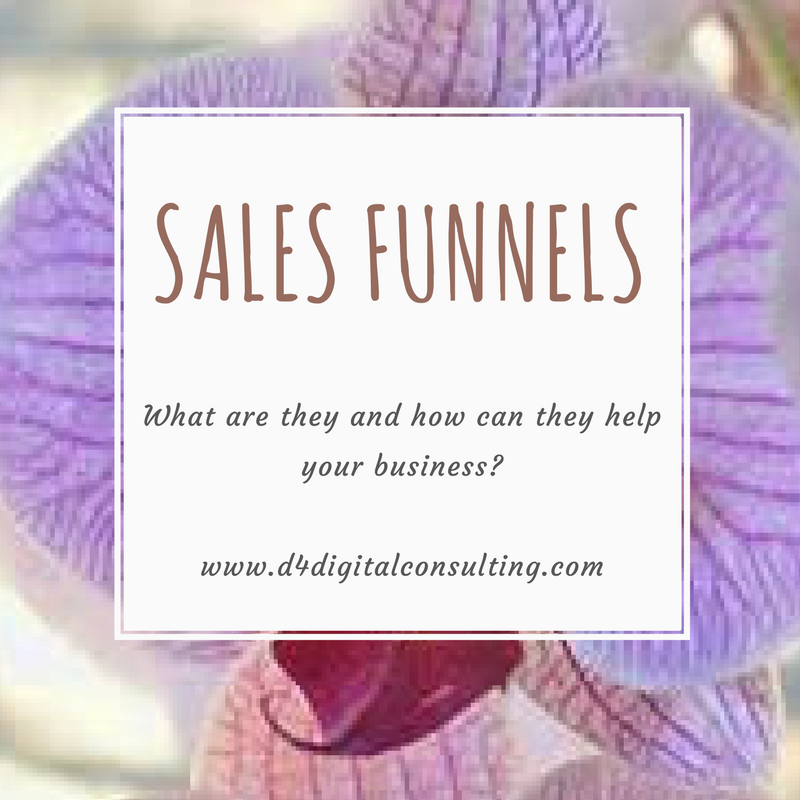What Is A Sales Funnel?
In short, a sales funnel is used to describe the process of attracting new customers, introducing them to your business and ultimately converting them into a paying customer of your business.
Setting up the right sales funnel is one of the fastest ways to grow your business and watch it thrive. How? It can create and open up the opportunity for the right customers or clients to work with you. Your sales funnel should walk your prospects, who may be complete strangers, through the journey of becoming your customer.
Like any funnel, a sales funnel opens with a wide mouthed top that narrows down into a sharp point. Prospects start out at the top of your funnel. At this stage they will range from ideal customers or clients to those who are just not right for your products or services. Your sales funnel will help you to identify those that are a right fit and to weed out those who are not as they travel through the different stages of your funnel.
At its simplest, a sales funnel has three key stages:
3 Stage Sales Funnel Process
Stage 1: Attract new Customers/Leads
In order to attract new customers you first need to get your business in front of prospects to show them that you have something they need. You can attract customers in many ways such as in-person or online through your website or social media platforms.
Consider driving traffic to your website to help generate awareness. You can use paid advertising such as Google Adwords or Facebook ads for a more immediate effect. Or you can try un-paid methods like improving your Search Engine Optimisation (SEO) or actively engaging prospects on social media.
Ideally you should offer a lead magnet to capture your audience's attention, i.e. something of value that a prospect would be willing to provide their email address to obtain.
Lead magnets can include:
- reports or guides
- checklists
- discount/special offer
- video/demos
Stage 2: Introduce them to your Business
Once you have captured your audience's attention (and email address), you now want to build trust and establish a relationship. This is not the time to try to sell to your prospects! Start by offering prospects more value and an insight into how you do business.
By sharing useful content that can help solve possible problems your audience might be experiencing, you will start to build relationships and trust and establish yourself as the go-to person for all things related to your business. Content can be in the form of:
- blog posts
- newsletter updates
- social media posts
- videos
- eBooks
- whitepapers
- PDFs
- info-graphics.
This is where your email list will serve you well as you can deliver your value content directly to your prospects. You can continue to build upon that relationship using an effective and carefully thought out email sequence.
Stage 3: Convert Prospects into Paying Customers
This may be the part you despair about. A lot of people struggle with sales and the best methods to use. Think about whether you want to get your prospect on the phone with you to close a sale or whether you want everything to be conducted online with the help of a sales page. Other methods you can use to convert prospects into customers include:
- email campaign
- videos and social media
- hold an event
- webinars
Funnels don't need to be overly complicated or fully automated to be successful, but with the right one in place you can convert your business into the lead and sales generating machine that you know it should be.
Once you understand the concept of sales funnels and how they help you to visualise the customer journey from awareness to sale, they can be used as a very effective framework for analysing your business and identifying areas for improvement.
Need help with setting up your sales funnel? Send me an email or schedule a sales funnel strategy session and lets get started.








0 comments